Member postings for Sam Stones
Here is a list of all the postings Sam Stones has made in our forums. Click on a thread name to jump to the thread.
| Thread: Deburring Stones (stones for deburring) |
| 12/08/2020 01:50:41 |
Tongue in cheek Lee, yes I do have a few sharp edges A while ago, I bought a so-called oil stone from the local superstore without there being any indication of its quality. I was expecting a typical double-sided oil stone for sharpening wood chisels etc. When I came to use it however, I found it was softer than the donkey stones my mother did the steps with; actually the latter is not quite true. One of the stones I value in my toolbox is Arkansas. A bit brittle but gives a good final finish. Sam
|
| Thread: Help needed - Video editing software for free. |
| 12/08/2020 01:39:35 |
Although I bought my editor (several years ago), I can see that there are several that can be down loaded for free. To help a friend, I'd appreciate member's comments about their preferences. Thanking you in advance. Sam |
| Thread: Hieroglyphics on a Wehlen & Co clock face |
| 10/08/2020 23:57:09 |
It is twelve months since I opened this thread, so I thought it appropriate to provide some sort of closure. Several things have happened. In particular have been responses from specialists from both the BHI and the AHS. Here for reference are the main photographs that I provided for their examination … Here [in italics] are some of their responses. They are in no particular order nor have I mentioned the names of the people that were so very helpful … ‘The important thing for the clock dial is that G. P. Wehlen was a Freemason. He was initiated in 1867 to the no. 511 or 752 Zetland Lodge, meeting in Fleet Street, and initiated again in 1882 to the no.1969 Waldeck Lodge, meeting at Freemason's Hall.’ It was also suggest that… ‘the clock was either G. P. Wehlen's personal clock, or was supplied by him to one of his fellow masons.’ Further, it was suggested that … ‘the hieroglyphs are the equivalent initials from an ancient alphabet, that the members of one or other of these lodges might have had to learn as part of their masonic study or ritual’. In the same reply was the comment that … ‘not being a mason myself, I don't know how much the rituals vary between lodges, or whether if the particular lodge no longer exists (or if the information is too closely protected) perhaps nobody would be able to confirm’. It was suggested that … ‘from the writing on the reverse of the dial, that G. P. W. ordered it personally from a dial painter whom he knew well and generally used in his business. If he had it made to celebrate his masonic initiation, then it might date from 1867 or 1882, and possibly the type of clock can be dated to one of these years?’ Their guess suggested 1882, but they weren’t sure about marble clocks. Further information offered was … ‘Gustav Paul Wehlen was a jeweller and clock importer. He also appears in directories as a seller of electroplate ware. He seems to have had several fairly grand London addresses concurrently. He was born in 1838 in the Duchy of Holstein as Johann Paul Gustav Wehlen, the son of a watchmaker Friedrich Christopher Wehlen. Married 14.10.1871 at St. George's Bloomsbury to Frances Balls, born in Colchester, daughter of William Balls, Gentleman. Died 26.12.1890 at 20 Hyde Park Place, Bayswater, the home of his watchmaker brother George Wehlen.’ Another reply included … ‘It is our opinion that the clock was originally meant for the far eastern market and that Gustavus Paul Wehlen, who is listed in the 1881 census as a clock importer, imported the clock before putting his own name on the dial.’ And … ‘the pale marks above the name we believe are possibly Chinese characters which were subsequently overwritten by Wehlen when he imported the clock.’ Thanks to all who contributed to this thread. There it should rest. Sam BHI = British Horological Institute AHS = Antiquarian Horological Society |
| Thread: Taking a pair of wire cutters to a standard baseball cap |
| 05/08/2020 20:08:20 |
How's this for coincidence? One of Big Clive's ... Keep safe, Sam |
| 05/08/2020 00:47:07 |
An apparently chargeable offence (in the RAF) was to modify the peak of ones cap by breaking the stitches and tilting the peak downwards. Certain clever DIs and MPs managed to achieve a result such that the peak touched their nose while their eyes appeared one on each side, thus adding to their fearsome appearance. There’s also a joke somewhere about needing eyes wide-enough apart to see through the windows of a railway engine. Sam |
| 03/08/2020 21:49:10 |
There must exist, irrefutable evidence to confirm that the fashion of wearing the cap back to front was a deliberate CIA/NSA ploy to ensure that the microchip embedded in the head band was closer to the wearer’s frontal lobes.
|
| Thread: Which tool would cut Hardened steel ? |
| 28/07/2020 23:59:13 |
Allan, In addition to the excellent information above, I feel sure that, besides noting how a piece of metal responds when rubbed with a file you’ll begin to notice, when grinding a piece of steel, how the sparks vary one type of steel to another. I couldn't find one, but someone here will now step forward with links to show where this was a forum topic. While this next bit is somewhat over the top, it might be useful in the future … Some basic questions … Does the steel resist filing and by how much, and are the sparks dull with few or no ‘feathers’ or bright and sparkling? A classic ‘spark’ comparison would be that between a high speed steel (HSS) tool bit, and another common workshop material, silver steel. The former showing dull red sparks with few feathery bursts, while the (high carbon) silver steel sparkles with lots of feathery bursts. Have fun, Sam |
| Thread: ML7 3jaw pratt burnard |
| 24/07/2020 21:08:38 |
Thanks for your reply Old Mart, Only having used the three adjuster version of the Burnerd Griptru chuck, centralising felt odd when compared to using a normal four-jaw independent chuck. The last time I used one was in '59. Sam
|
| Thread: Pinning joints before silver soldering. |
| 23/07/2020 23:59:44 |
Robin, A simple jig might help if wire binding proves too difficult. Here's one I made to save buying more brass than I needed. The large hole up the middle of the jig would be self explanatory. The brass bit was the maintaining detent for my skeleton clock. Sam |
| Thread: ML7 3jaw pratt burnard |
| 22/07/2020 01:12:47 |
Honing with a brass rod and lapping compound, I acknowledge, was a cheap and perhaps less desirable method of three-jaw ‘rectification’ and, upon reflection, hardly necessary anyway. Not wishing to labour the point, I would however suggest that given any degree of play between the jaws and the chuck body, and a respectable NGP in the vertical direction, the jaws would tend to rotate/deflect (anti-clockwise in this diagram), such that there would be more metal removed from the back of the jaws than the front, i.e. the opposite of bell mouthing. I would not care to determine what the results would be from lateral (jaw) twist. "Twist'ut jaw and lack'ut theen" was a phrase I recall, although my vernacular spelling might be a bit suspect. Given the need to carry out such 'improvements', I would certainly favour Old Mart’s hole-drilling technique. Incidentally, the use of collets for repeatability and accuracy was my preference too, OM. These went with it when I sold the ML7. Sam NGP = Narrow guide principle PS - Was there more than one version of the Griptru chuck? I can only relate to the version with tangential conical wedges. It was possible to centralise the chuck to within 0.0001", so long as you stayed with the same stock diameter, and in that case always selected the same keyhole for the chuck key. Edited By Sam Stones on 22/07/2020 01:18:00 |
| 21/07/2020 00:02:49 |
Fastdave, Apologies for hogging your thread. Rather than leave it hanging however, I have to accept that my cheap method (brass bar honing) has its limitations. As you suggest Hopper, there could (would) have been errors associated with the fit of the jaws. The one certainty was that whenever I gripped a ½" diameter piece of material especially ground stock silver steel it was pleasing to see it running true, whatever that means. It was irrespective of whichever of the three chuck key holes I used. I’m more convinced than before, that what I believed to be indications of case-hardening were nothing more than variations in the degree of ‘penetration’ between the (orange) ‘corners’ and the ¼" radius ‘channel’. Old Mart, your comment about broken teeth adds to my probable error in that there was damage of that kind to one of the jaws, which may (or may not) have been damage I did or was the result of the previous owner. I certainly don’t recall anything going ‘with a bang’. After a bit of Photoshop jiggery-pokery in the hope that I could see more of the honing, I was puzzled to see ‘deckled’ edges on both sets of jaws. I can only assume they were from single file strokes during de-burring at the time of manufacture. Sam |
| 20/07/2020 02:24:42 |
Pondering further on whether the ML7 Burnerd 3-jaw chuck jaws were case hardened or through hardened, I’m now wondering if the results of my (brass bar) honing exercise produced this (geometric) shape to the gripping area of the jaws, and that what I thought was an imprint of the hard skin (marked in orange) and softer core was incorrect. Although it’s still an open question, I have no way of finding out because I sold everything in’007. Sam |
| 20/07/2020 00:32:52 |
I should check my spelling ... It's Burnerd not Bernard!!! Sam |
| 20/07/2020 00:25:13 |
I have a question … ‘Are your chuck jaws through or case hardened?’ Applying lapping compound to a ½" diameter brass rod, I honed the gripping faces of the (outside) jaws of my ML7 Bernard three jaw. At a slow spindle speed and the bar gripped in the ½" tailstock chuck, I slid the tailstock and the brass rod back and forth while occasionally adding gentle pressure to the jaws. I continued this process until there was a clean line from the front to the back of each jaw. Later, (after much use) I noticed the appearance of a pattern on both the gripping surface of the jaws and marks in material e.g. aluminium. The imprinted pattern showed how the core material of the jaws had been impressed, while the ‘skin’ had remained less so. While I have no direct photographic evidence, I found that the jaws were not through hardening but case hardened. I have mentioned this elsewhere but as I recall no one responded, presumably because no one else had observed the same effect or that it is not important. At a guess, the chuck was new and came with the ML7 between the 40’s and 50’s. Any comments? Sam |
| Thread: Lamp Post Engine |
| 13/07/2020 23:50:57 |
John, As an alternative (temporary) power supply, especially if you intend it to be a table display you could, instead, drive the steam engine, running the electric motor (and LEDs) from a battery. That way a compressed air supply would be unnecessary. Okay! Not so cool? I'll wash my mouth out Sam
|
| Thread: Just for fun |
| 12/07/2020 23:07:24 |
It’s likely to be a sign of our age when we can recall BBC announcers ‘on the wireless’, asking us to call Whitehall 1212 (Scotland Yard) if we wanted to report anything suspicious. I was too young at the start of WWII to understand the significance when I first heard it. I did know Billy, my friend down the road, had a secret he wouldn’t tell his mother about. Regarding 6255456376, MichaelG, barking up the right tree as is so often the case, got it in one while allowing me a bit of chuckle time. Other answers were coming close with ESSO.OIL and SHELL.OIL from older style upside-down calculators. However, insomniacs and night-time clock-watchers might realise that the numbers represent the number of segments displayed for 0 to 9 in the seven bit numerals of a digital clock etc. If sleeping doesn’t come easily, and the digital clock is in full view, what about those other number patterns? For example, 232, or 555, or 437, or 327, or 127, or … has anyone still got their 1250 or done a 252? Well, counting sheep is so old fashioned. Keep safe, Sam |
| Thread: We need Pi |
| 11/07/2020 00:46:00 |
In days long gone having just gained an Associate of the Plastics Institute, I found it quaint to discover that their (neck) ties were appropriately strewn with the Greek letter π (PI) stitched into them in gold thread. Eventually, I stopped wearing mine having realised that my joke [Having Pie on my tie] had also worn too thin. Sam |
| Thread: Just for fun |
| 11/07/2020 00:14:24 |
Some would recognise this number - 6255456376 However, does this number strike a chord with anyone … Whitehall 1212? Sam |
| Thread: Boring problem |
| 10/07/2020 20:45:05 |
Goodonya Katan. Although down here we are nine hours ahead of most of you people, the following notes are beginning to lag behind. However, having overlooked a third issue mentioned in the NGP link and mentioned more than once in this forum, is that the saddle etc. is driven by an offset force from the apron, whether it be the leadscrew or the rack and pinion. The tool will ‘lift’ after a (forward) surfacing cut (or dig in after boring), thus illustrating that the saddle indeed rotates, albeit slightly. After more than 60 years of regular use (not all mine), by the time I sold the ML7 it wasn’t even necessary to test with a dial indicator. There was also obvious bed wear closer to the chuck than the mid-section and tailstock end that no amount of gib adjustment could alleviate. Irrespective of the dimensions of the workpiece and tooling (e.g. boring bar), the old saddle of my ML7 was clearly worn. Aside from the stress/strain pathway (tool-tip to workpiece), where deflections accumulate, I commend a ‘glance’ at the principle formulae (particularly cantilevers) of beam theory where the dimensions are raised to some power, i.e. cubed and indeed to the fourth power. Keeping these in mind for both tooling and workpiece, may bring a clearer understanding of how stuff bends, twists, and tries to get out of the way. I might add – ‘Know your machine’. Enjoy your hobby, I did Sam Edited By Sam Stones on 10/07/2020 20:46:25 |
| 10/07/2020 05:35:29 |
Egg on my face with my first link. It's not about the saddle, but the top-slide. Apologies all round. I was intent on finding J A Radford's 'Saddle modification'. By the way, if it weren't for old age and health issues, I'd buy another Myford in the blink of an eye. It would however, be a Super7. Sam |
Want the latest issue of Model Engineer or Model Engineers' Workshop? Use our magazine locator links to find your nearest stockist!
Sign up to our newsletter and get a free digital issue.
You can unsubscribe at anytime. View our privacy policy at www.mortons.co.uk/privacy
- hemingway ball turner
04/07/2025 14:40:26 - *Oct 2023: FORUM MIGRATION TIMELINE*
05/10/2023 07:57:11 - Making ER11 collet chuck
05/10/2023 07:56:24 - What did you do today? 2023
05/10/2023 07:25:01 - Orrery
05/10/2023 06:00:41 - Wera hand-tools
05/10/2023 05:47:07 - New member
05/10/2023 04:40:11 - Problems with external pot on at1 vfd
05/10/2023 00:06:32 - Drain plug
04/10/2023 23:36:17 - digi phase converter for 10 machines.....
04/10/2023 23:13:48 - More Latest Posts...
- View All Topics
- Reeves** - Rebuilt Royal Scot by Martin Evans
by John Broughton
£300.00 - BRITANNIA 5" GAUGE James Perrier
by Jon Seabright 1
£2,500.00 - Drill Grinder - for restoration
by Nigel Graham 2
£0.00 - WARCO WM18 MILLING MACHINE
by Alex Chudley
£1,200.00 - MYFORD SUPER 7 LATHE
by Alex Chudley
£2,000.00 - More "For Sale" Ads...
- D1-3 backplate
by Michael Horley
Price Not Specified - fixed steady for a Colchester bantam mark1 800
by George Jervis
Price Not Specified - lbsc pansy
by JACK SIDEBOTHAM
Price Not Specified - Pratt Burnerd multifit chuck key.
by Tim Riome
Price Not Specified - BANDSAW BLADE WELDER
by HUGH
Price Not Specified - More "Wanted" Ads...
Do you want to contact the Model Engineer and Model Engineers' Workshop team?
You can contact us by phone, mail or email about the magazines including becoming a contributor, submitting reader's letters or making queries about articles. You can also get in touch about this website, advertising or other general issues.
Click THIS LINK for full contact details.
For subscription issues please see THIS LINK.
Model Engineer Magazine
- Percival Marshall
- M.E. History
- LittleLEC
- M.E. Clock
ME Workshop
- An Adcock
- & Shipley
- Horizontal
- Mill
Subscribe Now
- Great savings
- Delivered to your door
Pre-order your copy!
- Delivered to your doorstep!
- Free UK delivery!

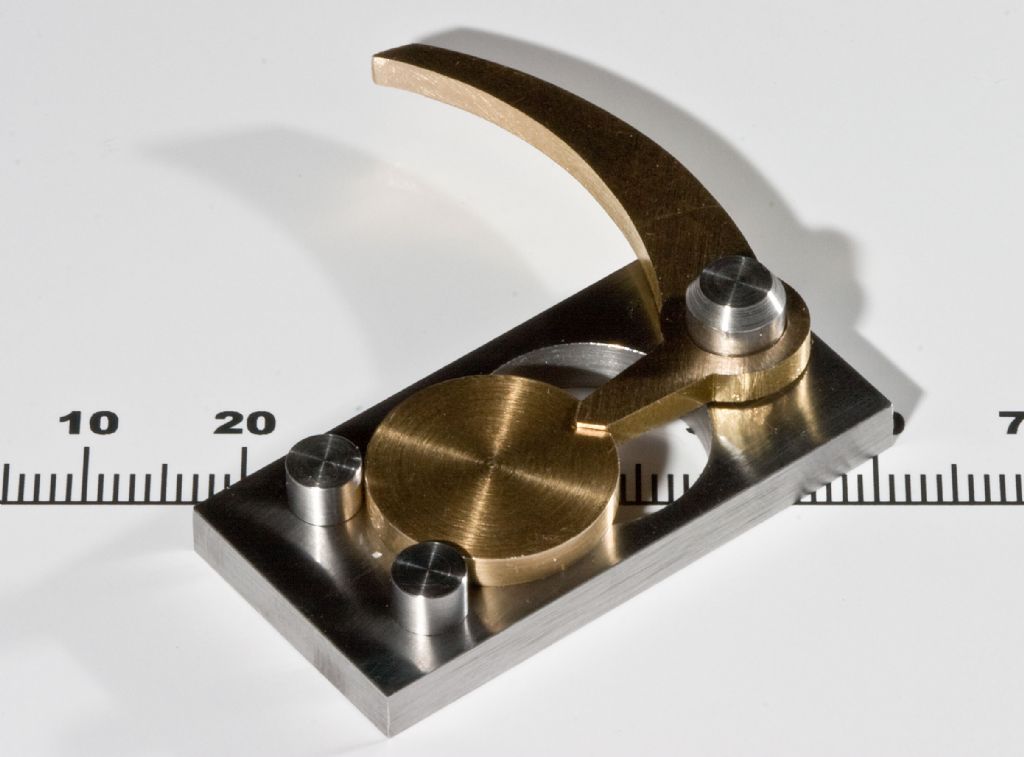

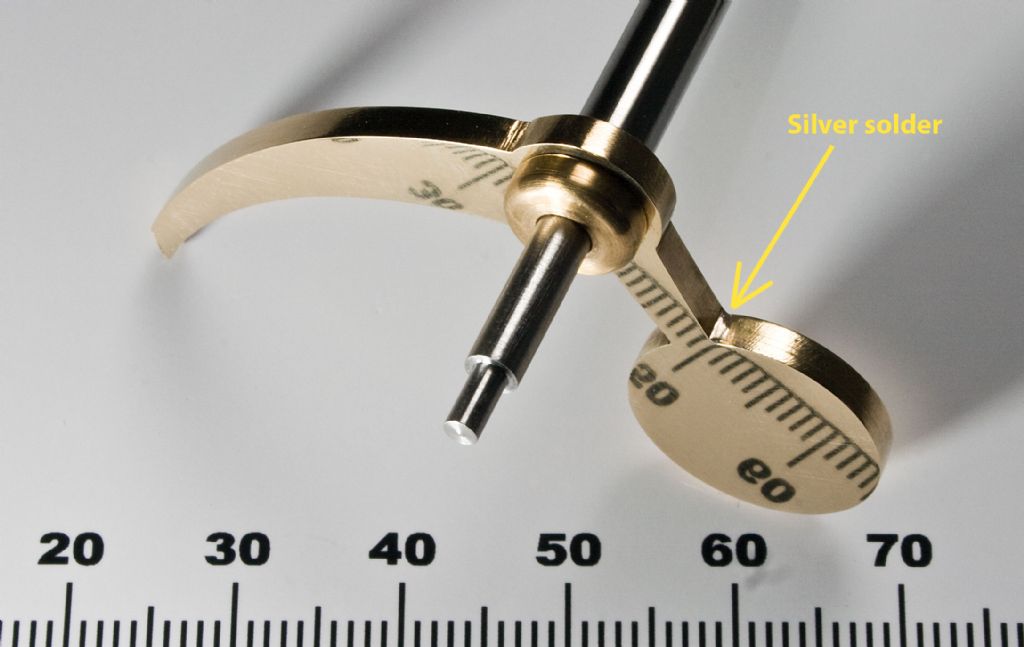
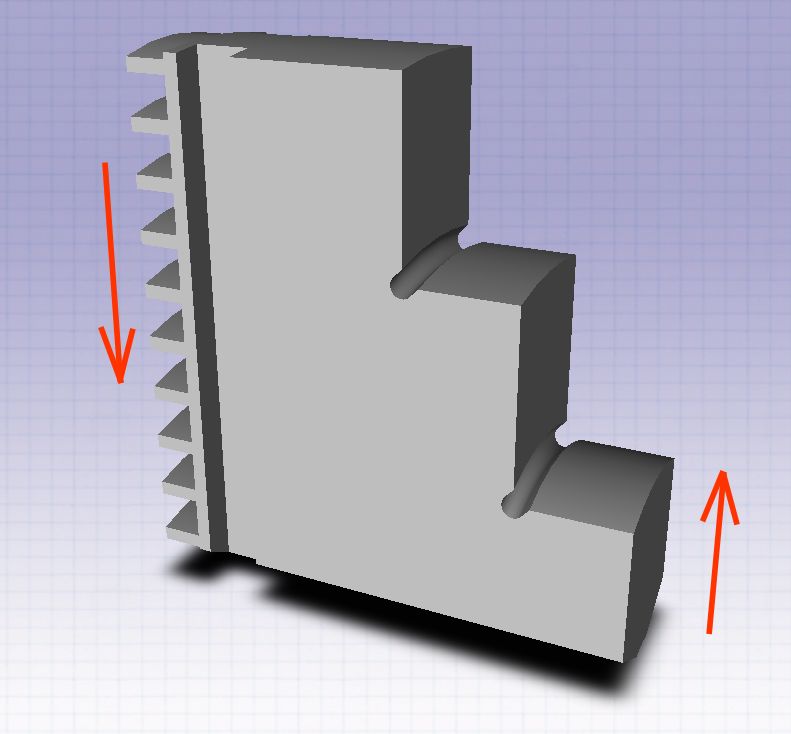

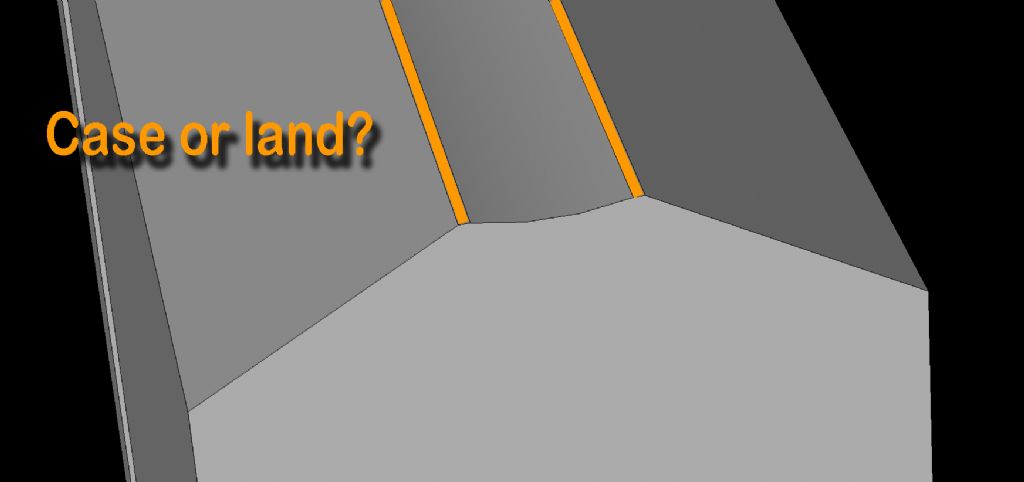
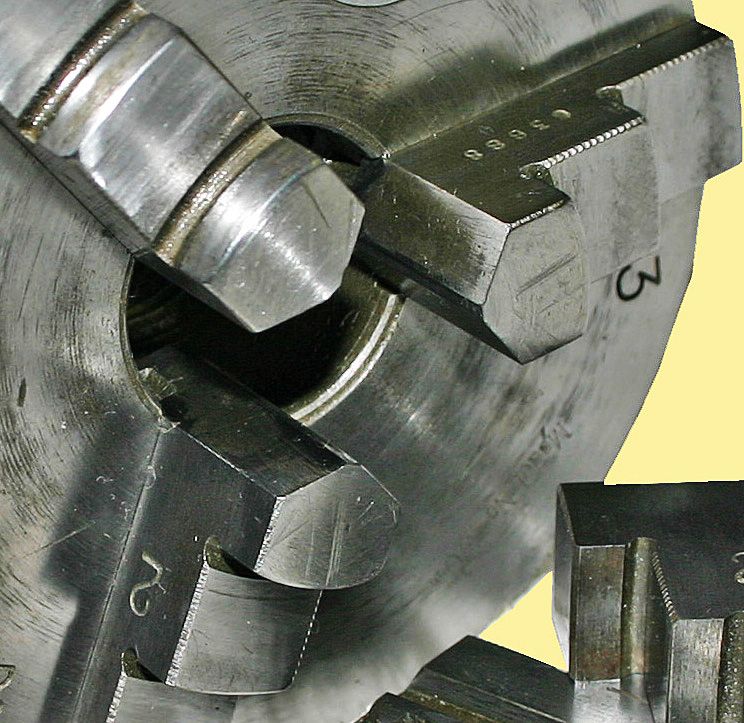











 Register
Register Log-in
Log-in


